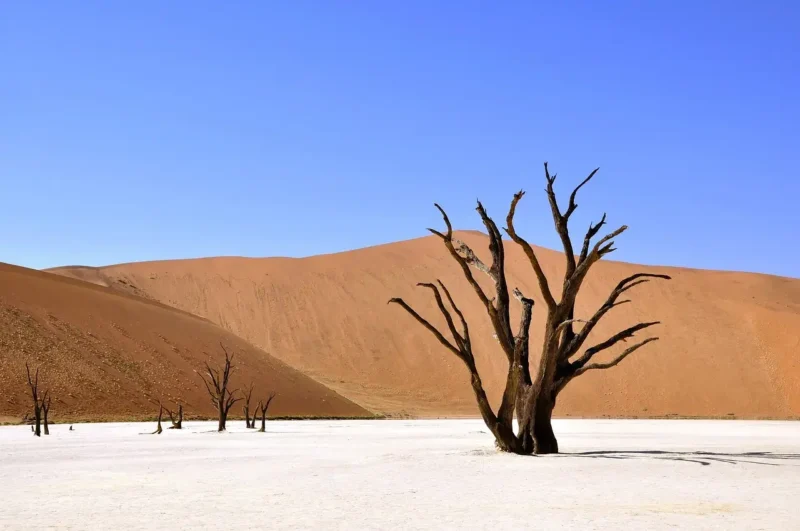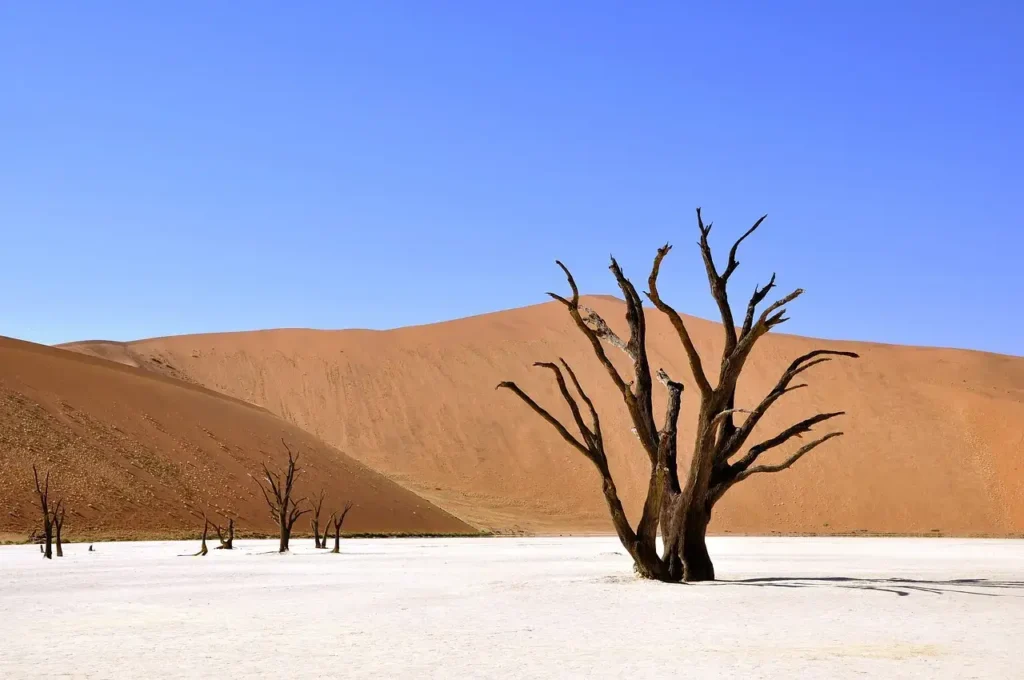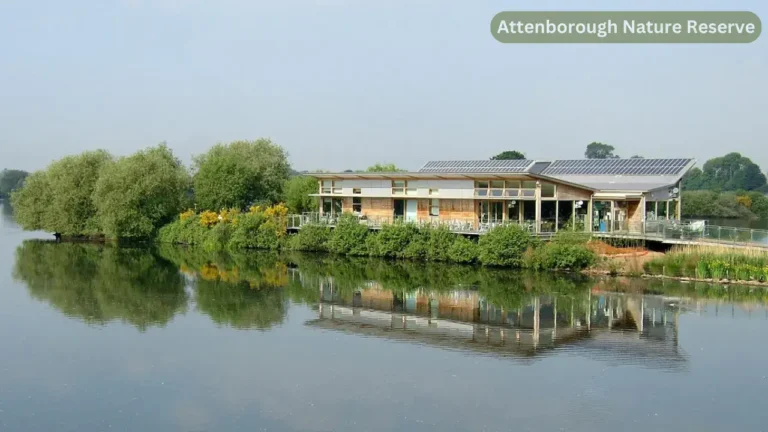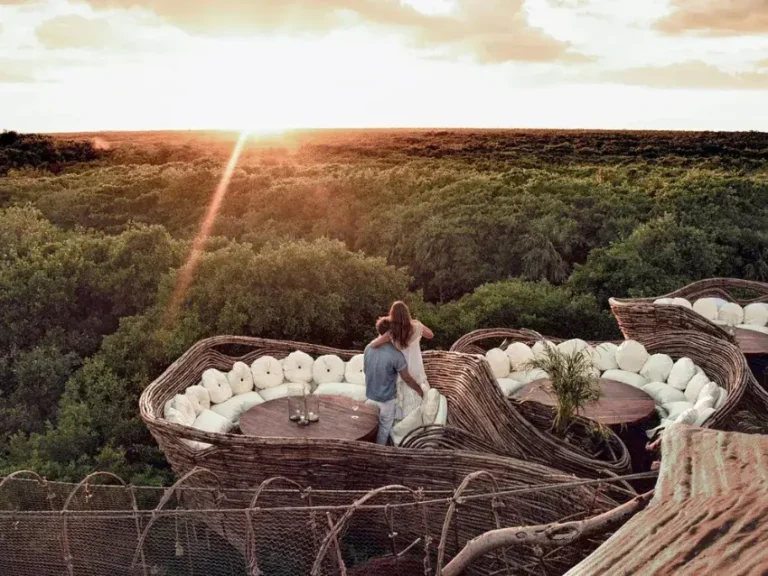Namibia’s Cultural Tapestry: Discovering the Rich Heritage and Tribes

Namibia, a land of stark beauty and diverse cultures, offers a kaleidoscope of experiences for those who seek to understand its rich heritage. The country’s cultural tapestry is as varied and colorful as its landscapes, ranging from the Namib Desert’s arid dunes to the Caprivi Strip’s lush waterways.
This blog post delves into the heart of Namibia’s cultural legacy, exploring the various tribes and traditions that make this nation uniquely captivating.
It is more than a destination; it’s a journey through time and tradition. Home to some of the oldest cultures in the world, it presents a unique opportunity to explore a heritage shaped by the harshness of its environment and the resilience of its people.
From the ancient rock art of the San Bushmen to the vibrant crafts of the Herero women, every aspect of Namibian culture tells a story of survival, adaptation, and artistic expression.
The San Bushmen: Guardians of Ancient Traditions

1. Living History
Touring Namibia opens a window to the world of the San Bushmen, often considered the oldest inhabitants of Southern Africa.
With a history of over 20,000 years, the San are renowned for their intimate knowledge of the natural world and distinctive click languages. Their way of life offers a direct connection to our most ancient past.
2 Artistic Expression in Rock Art
One of the most significant contributions of the San to Namibia’s cultural heritage is their rock art. These paintings and engravings, found in places like Twyfelfontein, provide invaluable insights into the lives and beliefs of these early people.
You may like to check out How to Plan a Trip to Europe: Your Ultimate Guide.
The Himba: Custodians of a Living Culture
The Essence of the Himba Identity
The semi-nomadic Himba tribe, primarily in the Kunene Region, are easily recognizable by their distinctive red ochre-covered hair and skin.
This practice, known as Otjize, is a beauty statement and a reflection of the earth and its connection to nature.
Preserving Traditions
Amidst modernization, the Himba continue to uphold their ancestral customs, from their intricate hairstyles to their communal homesteads known as Kraals.
Their social structure and way of life provide a fascinating glimpse into a culture that has stood the test of time.
The Herero: A People of Resilience and Color
1. The Iconic Herero Dress
Perhaps most visually striking are the Herero women, known for their vibrant Victorian-style dresses and horn-shaped headdresses.
These dresses, introduced during German colonization, have been embraced and transformed into a symbol of identity and resilience.
2. Celebrating Heritage
Despite a tumultuous history, the Herero people have managed to preserve their language, cattle-rearing traditions, and a strong sense of community. Their annual festivals, such as the Herero Day in Okahandja, display their cultural pride.
The Ovambo: The Backbone of Namibian Culture
The Largest Ethnic Group
The Ovambo, about half of Namibia’s population, plays a pivotal role in the country’s cultural landscape. Their history, language, and customs are integral to understanding Namibia’s societal fabric.
A Culture Rooted in Agriculture
Traditionally farmers and artisans, the Ovambo’s agricultural practices and craftsmanship are a testament to their resourcefulness and adaptability. Their homesteads, known as Ongandas, are social and economic activity centers.
Final Namibian Thoughts
Namibia’s rich and diverse cultural tapestry offers a window into a world where tradition and modernity coexist. As one journeys through this magnificent land, the heritage of its people unravels in layers, revealing stories of endurance, creativity, and unity.
Whether it’s through the ancient rock art of the San, the red ochre of the Himba, the colorful dresses of the Herero, or the agricultural practices of the Ovambo, each tribe contributes uniquely to the nation’s cultural mosaic.
Touring Namibia is not just a travel experience; it’s an immersion into a living, breathing cultural landscape that continues to evolve while honoring its ancestral roots.






